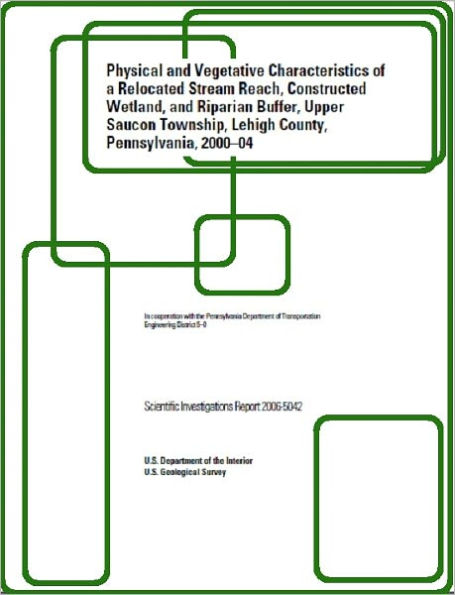The U.S. Geological Survey, in cooperation with the Pennsylvania Department of Transportation, Engineering District 5-0, investigated physical and vegetative changes within a relocated stream reach, constructed wetland, and riparian buffer from September 2000 to October 2004. This report presents an evaluation of data collected using methods from multiple sources that have been adapted into a consistent approach. This approach is intended to satisfy a need for consis-tent collection of different types of data with the goal of trans-ferring technology and findings to similar projects.Survey data indicate that adjustment of the upstream part of the relocated stream reach slowed over the monitoring period, but the downstream channel remains unstable as evi-denced by excessive deposition. Upstream migration of a nick point has slowed or stopped altogether as of the 2003 assess-ment when this feature came in contact with the upstream-most part of the channel that is lined with riprap. Documented streambed erosion in the upstream cross sections, along with deposition downstream, has resulted in an overall decrease in slope of the stream channel over the monitoring period. Most streambed erosion took place prior to the 2002 assessment when annual mean streamflows were less than those in the final 2 years of monitoring. An abundance of fine sediment domi-nates the substrate of the relocated channel. Annual fluctuations of large particles within each cross section demonstrates the capacity of the relocated channel to transport the entire range of sediment.



